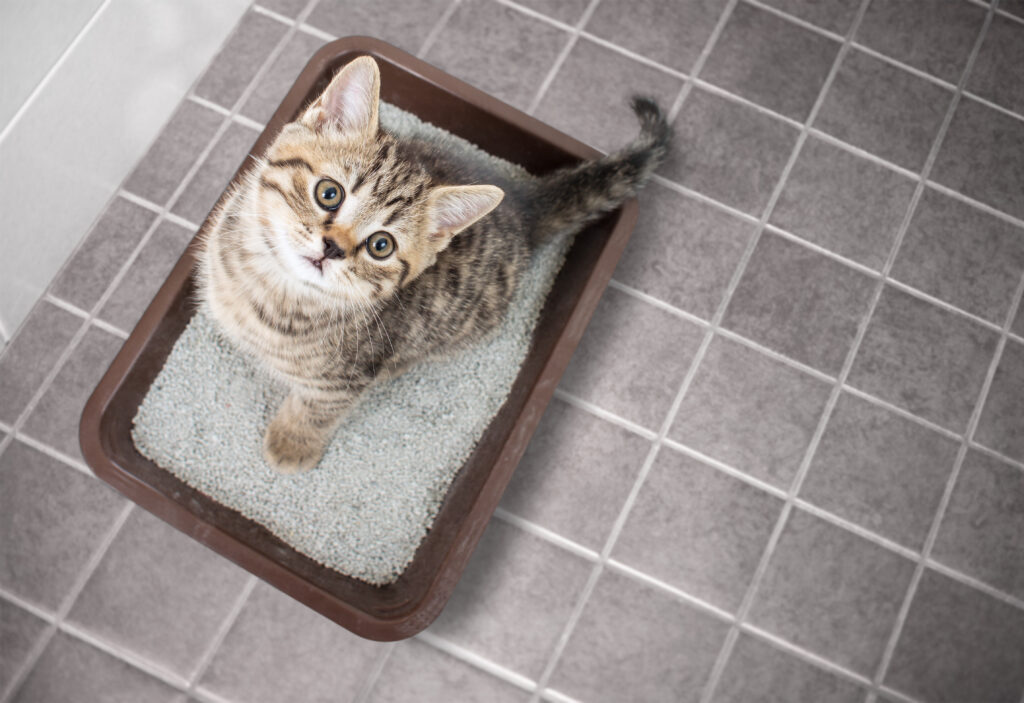The products and services mentioned below were selected independent of sales and advertising. However, Don't Waste Your Money may receive a small commission from the purchase of any products or services through an affiliate link to the retailer's website.
Pets can bring real, unadulterated joy to your life, and it’s tough to put a price tag on that. But pet ownership does come with a literal price tag, and it’s a big one. According to an analysis by Money Under 30, the first year of owning a cat will set you back anywhere from $386 to $1,335. And for a dog? It’s somewhere between $420 to $3,270.
That’s figuring in all the initial costs like adoption fees, spay or neutering surgeries, vaccinations and all the supplies needed for that first year. Following the first year, you’ll want to budget around $1,000 a year for a cat and $2,500 for a dog. And if you have more than one furry friend, well, it’s time to multiply those numbers.
Pet owners may gulp when hearing those scary figures. But then they look into their sweet pet’s face and say, “It’s worth it.” If that’s you — and your animal companion simply isn’t going anywhere — then the following money-saving hacks are for you.
1. Replace Bones with Carrots (and Treat Dispensers with Tennis Balls)
Chances are, your dog will be just as happy gnawing on a large, frozen carrot as an expensive bone or chew toy. The carrot is healthier, too, providing a host of immunity-boosting vitamins and antioxidants.
And if you’re considering paying $10 or more for a popular treat-dispensing chew toy, consider this hack instead: Cut a small hole in the side of a tennis ball, squeeze the ball open — just wide enough to add some small treats or food pellets — and let the dog work on getting the food from it. Your dog will likely get the same amount of chew time out of this DIY version.
MORE: Your dog could make $100 an hour promoting peanut butter
2. Use Popcorn Instead of Pricey Puppy Training Treats
Training a puppy? There’s no need to shell out $5-$20 per bag for “training treats.” Instead, use air-popped popcorn, which is low-calorie, somewhat nutritious and attractive to dogs — because they want anything they see you eating!
3. Shop Around for Healthy Pet Food at a Lower Cost
It can seem like the healthier the pet food is, the more expensive the price tag. But that’s not always the case, and there may be more affordable options you’re missing out on.
“Many of the expensive food companies offer a generic brand of food as well that’s just as healthy but less expensive,” Stephanie Mantilla, an animal trainer, told Daily Paws. “For example, the brand Merrick also makes Whole Earth Farms, which costs a lot less.”
4. Find Discounts on Dog Grooming—They’re Out There!
The average dog grooming session costs between $60-$90, depending on the size and breed. With most groomers recommending a grooming every eight weeks, that’s $360-$540 a year, not including the groomer’s tip. But prices vary widely, so pet grooming is a service you should definitely shop around for and get price comparisons. For example, you might find better prices at chains like Petsmart than at Petco — and you may find additional monthly coupons.
Pet grooming is a service that often pops up on Groupon.com. (I typed in my city of Atlanta and immediately found a local groomer who was offering 40% off a full groom for dogs up to 50 pounds.) Extend the time between grooming visits by doing weekly brushing and monthly nail clipping yourself. And if you’re feeling ambitious, try DIY grooming at home with the help of how-to videos.
MORE: ‘Bella’ is the most popular dog name in the US
5. Use Baking Soda When Cleaning Pets (And Their Messes)
There are many excellent products on the market for cleaning up (and after) your pet. But at just $1 for a 1-pound box, baking soda may be a pet owner’s best friend. First of all, you can add a little to your pet’s shampoo to boost its cleaning power. Between baths, it can work as a kind of odor-eliminating dry shampoo — just massage it into the skin, let it sit for a few minutes and brush it out. You could also mix it with cornstarch, which absorbs oil and softens the coat.
For an inexpensive alternative to store-bought dog toothpaste, mix equal parts baking soda and olive oil to make your own. Just be careful with your amounts, since baking soda can be toxic to dogs if too much is ingested.
To clean a pet urine stain from a carpet, mix equal parts baking soda and cleaning vinegar, apply to the stain, sprinkle more baking soda over the top, let it sit until it’s dry (at least overnight) and vacuum it up.
MORE: 30 green cleaning products you can make at home or buy cheap
6. Maintain a Less Expensive (and Less Smelly) Litter Box
No one wants a stinky litter box, which is why pet supply companies regularly sell overpriced kitty litter with big “odor-control” promises. Before you pay more than you need to, try buying an inexpensive litter (the Krazy Coupon Lady recommends shopping at Blain’s Farm & Fleet for the cheapest cat litter) and sprinkling green tea leaves on top. The leaves remove the source of bad smells by suppressing the bacterial growth that causes them.
7. Make DIY Toys
Discount retailers like the Dollar Store are a great source of pet toys, but there are free options, too. The Internet is brimming with articles on how to make your own cat toys and dog toys. Here’s a video from Live Kindly on how to make tug toys for pets out of old T-shirts.
MORE: Are dogs and cats really colorblind? Here’s what we know
8. Head Off Costly Scratched-Door Repairs With a Cheaper Method
If your pet scratches at a door to be let in, you know that it can cause unsightly scratches. Pet supply stores sell clear scratch shields for doors, but these can cost $20 or more. Instead, simply affix some clear contact paper to the section of the door that your pet targets.
9. Go to a Clinic That Performs Low-Cost Spay and Neuter Surgeries
Vets can charge hundreds of dollars for this surgery, but there are inexpensive clinics all over the country that will do it for a fraction of the cost. If you need this service, plug your address into a free or low-cost spay/neuter database. Just allow plenty of time, since there may be a lot of demand for these clinics, and make sure your pet doesn’t need the enhanced services a regular vet would offer (like a full physical exam, bloodwork, an IV, or other services for higher-risk pets).
10. Take Advantage of Pet Freebies and Discounts
You can always find good deals on items you need if you’re alert. For example, if your vet has free samples to give out (and they usually do), take them up on these promotional treats, toys, food bowls and/or kibble.
Most national pet supply stores (like Petsmart and Petco) have loyalty programs, offering discounts after spending a certain amount or when you sign up for pet food subscriptions.
Amazon offers 15% off your first Subscribe and Save order and 5% off all future orders if you commit to buying regularly, and Chewy offers 5% off all autoship orders as well, and 35% off your first autoship order.


















